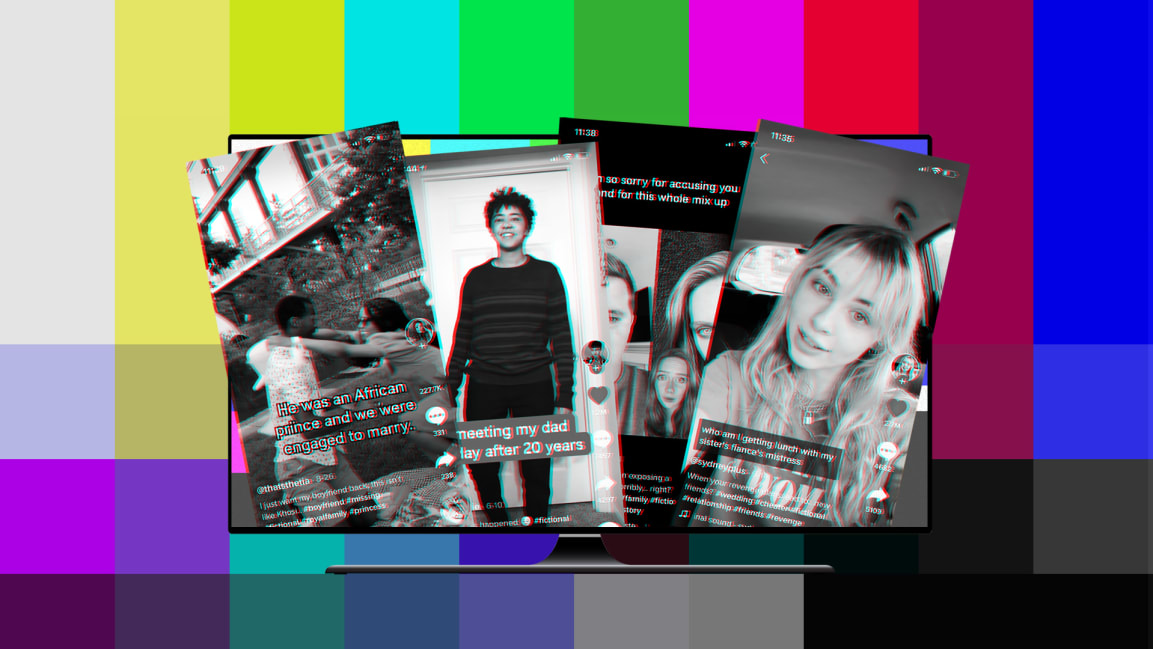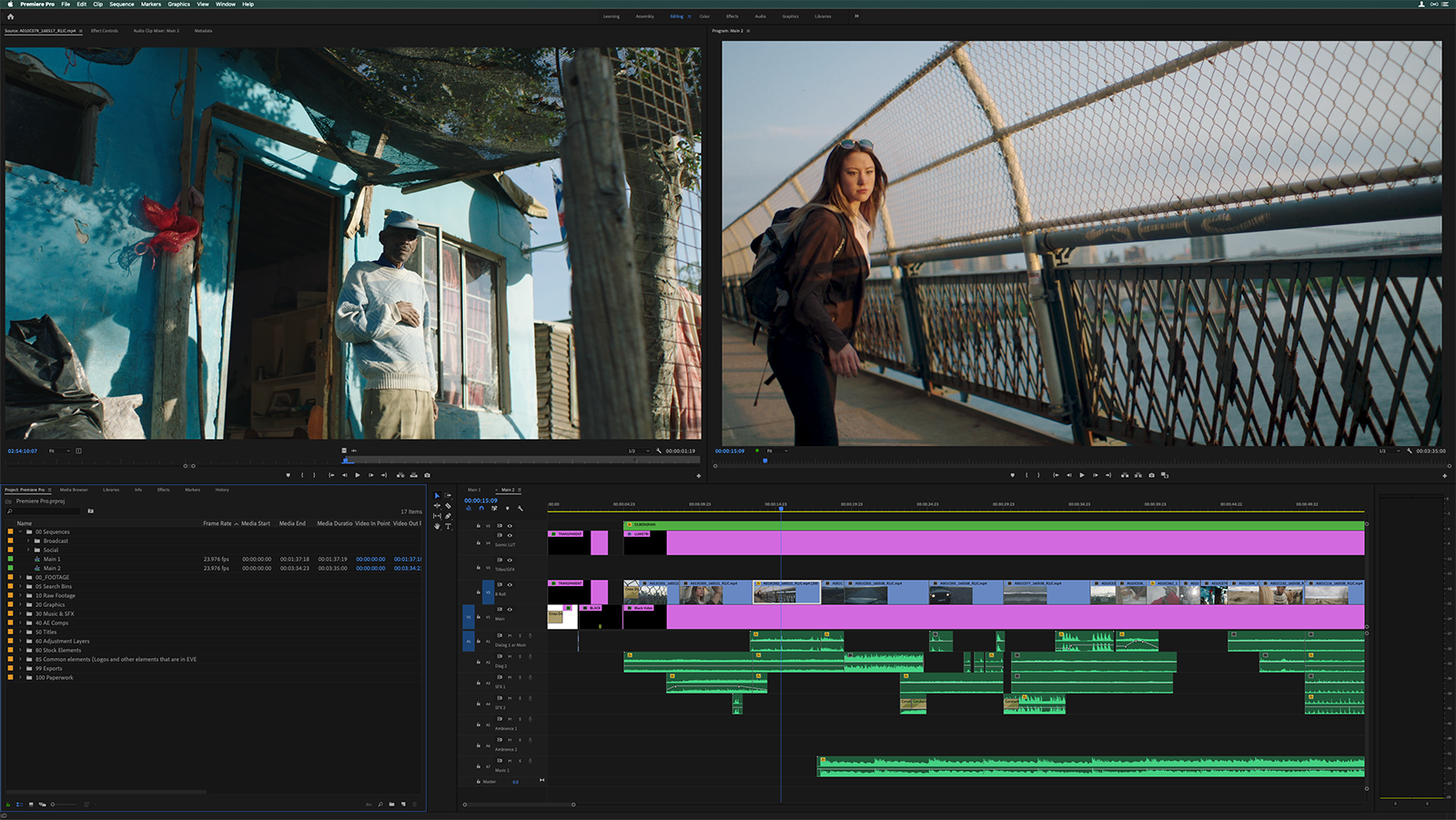
Image Source
This week, our
group became more familiar with our topics and found equal footing. This led to
our group settling on the topic of Internet Algorithms and Gatekeeping. I have
begun to focus on the topic of ‘fictional influencers’, and how companies can
exploit these social platforms for their own gain. Last week, I found an
article (Vox, 2021) examining the emerging concept of fictional influencers. This
article demonstrates recent examples on TikTok, carried out by Fourfront Media.
Their TikTok accounts, posing as average people, are run behind the scenes by writers,
actors, and producers.
Fourfront’s most prominent account, @sydneyplus, has over seven hundred and ninety-three thousand followers and several million views across more than seventy videos (SocialBlade, 2021). Sydney, the character, works at a dating app company, and is thrust into personal drama shared with the audience. Fourfront has dozens of characters like this, sharing stories with the audience. As these stories develop, followers are encouraged to interact with these characters online. One of these platforms of interaction is a separate messaging app, used by the audience to “communicate” with their favourite personalities. This app is powered by GPT-3 (Vox, 2021), a Deep Learning tool used to create realistic human responses to messages. They have also experimented with other platforms to facilitate audience interaction, such as Discord, Zoom, and Clubhouse.
Making use of the instant back and forth communication that comes with social media in tandem with fictionalised characters can result in harmful parasocial relationships being formed (Oxford Reference, 2021). This is a recently spreading phenomenon on the internet, made more complex by situations like this, wherein companies exploit social platforms for their own benefit. Of course, this begins to stray somewhat from the original topic at hand, so I may have to look at this topic from another perspective to stay relevant to our chosen topic.
Using the information I found on fictional influencers, I have begun writing an outline for this section of the video, however this may change over time as there may be other avenues to explore with more depth. For example, the user-generated research on YouTube’s Search Engine Optimisation system I wrote about last week in greater detail. In general, I feel that a comfortable level of progress was made this week, and I hope to make good use of Week 7, a review week, for writing more drafts and staying in touch with my project team members.
References:
Vox (2021) What's the deal with fictional influencers? [online] Available from <https://www.vox.com/the-goods/22734620/fictional-influencers-fourfront-fake-tiktokers> [accessed 07 Nov 2021].
Socialblade (2021) @sydneyplus - TikTok [online] Available from <https://www.socialblade.com/tiktok/user/sydneyplus> [accessed 07 Nov 2021].
Oxford Reference (2021) Parasocial Interaction [online] Available from <https://www.oxfordreference.com/view/10.1093/oi/authority.20110803100305809> [accessed 07 Nov 2021].
Fast Company (2021) This company is revolutionizing TV through TikTok [online] Available from <https://www.fastcompany.com/90682632/this-company-is-revolutionizing-tv-through-tiktok> [accessed 07 Nov 2021].

No comments:
Post a Comment